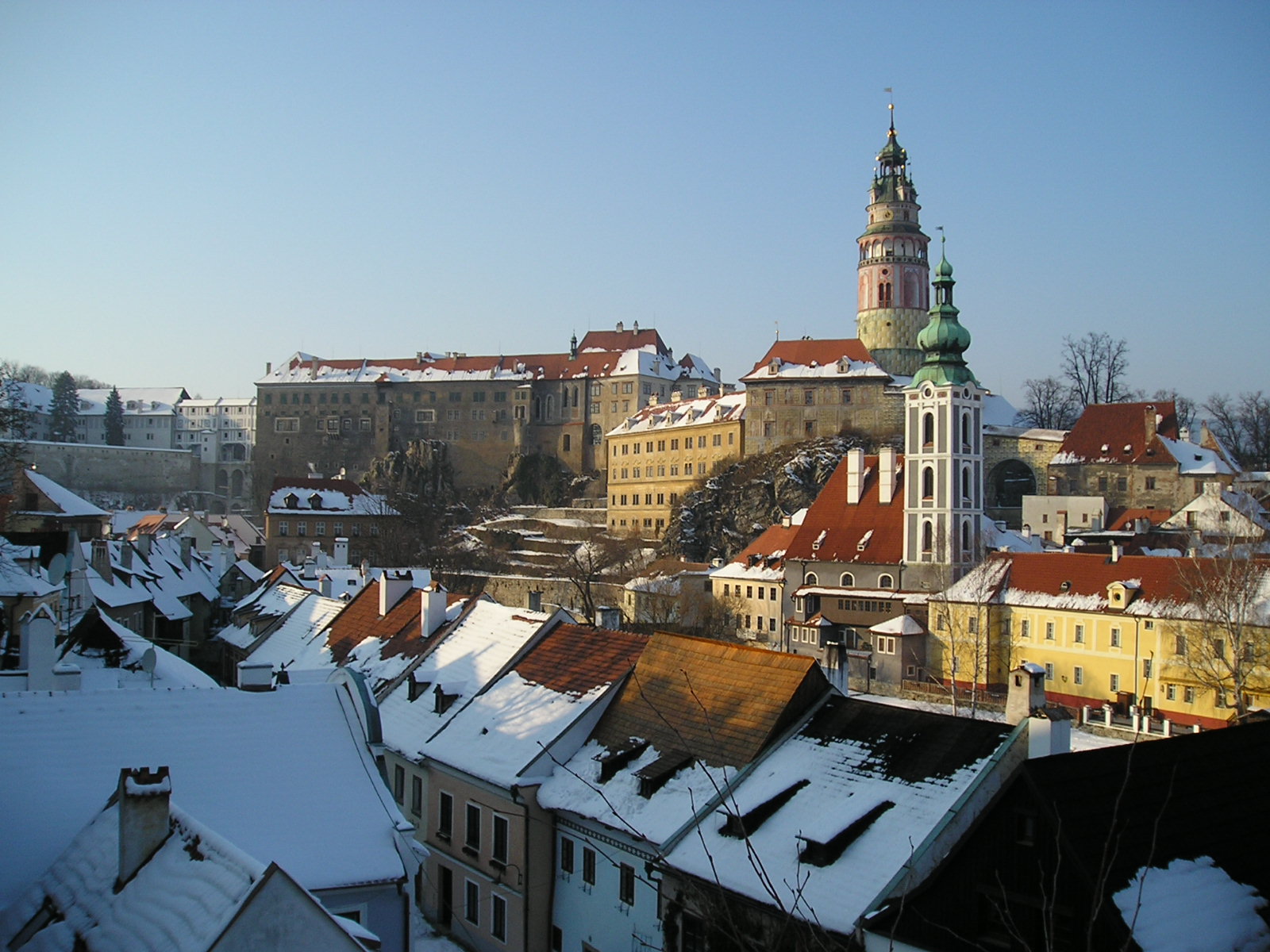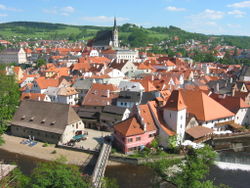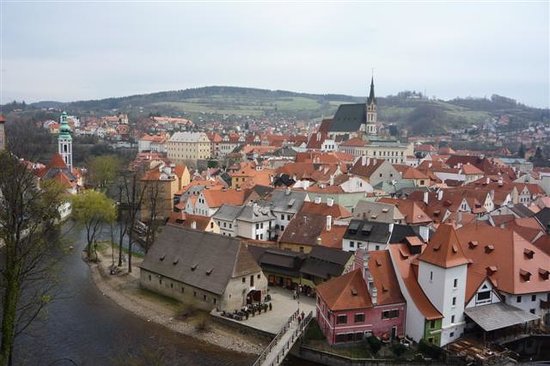For anyone dreaming of a simple life, you may want to consider moving to a rural village in the northwest corner of the province of Overijssel, Giethoorn, Netherlands.
Giethoorn, also known as “the Venice of Holland” or the “Venice of the North”, is a beautiful village is and wonderful place to spend a couple of hours. It’s a lot smaller, less crowded and doesn’t have the rich history of the real Venice, but if you enjoy long, peaceful boat rides while admiring classic Dutch sceneries, Giethoorn will make a great impression on you.
This idyllic village has no roads, and the only access is by water over the many beautiful canals or on foot over its wooden arch bridges. The locals use punters to get around and cars have to remain outside the village.
This idyllic village has no roads, and the only access is by water over the many beautiful canals or on foot over its wooden arch bridges. The locals use punters to get around and cars have to remain outside the village.
Giethoorn is located at the edge of a national park (Weerribben-Wieden), a beautiful area.
The village Giethoorn is home to less than 3000 people, most of them live on their private islands. The around 180 bridges are the only way to reach many houses, other than by boat that is.
It's no surprise Giethoorn is a popular tourist attraction and has been given the nickname the Venice of the Netherlands. Cycling and sailing as well as a guided canal tour are some of the many ways to discover its rustic charm.
Located in the center of the Netherlands, right in the middle of the De Wieden nature reserve, the small village of Giethoorn was in 1230, by a group of fugitives from the Mediterranean region around AD 1230. When they arrived in the area the first thing they noticed was a large mass of goat horns, left over after a flood ravaged the area a few years earlier. They initially named their settlement Geytenoorn (geit = goat), but the dialect suffered some changes over the years and it is now known as Giethoorn.
It became well known in 1958 when it was featured in the film Fanfare, made by Dutch filmmaker Bert Haanstra.
In winter Giethoorn is a very popular destination for ice skaters. During my last years in Holland I lived close to Giethoorn and in cold enough winters I was among the thousands who would go to Giethoorn to ice skate on a sunny Sunday afternoon.
Informations (brochures) about Giethoorn and surroundings you can inform at the Tourist Information office VVV at 0031-521-362124. Unfortunately the tourist office has no information brochures available in English. Pleas contact the above mentioned telephone number for informations about hotel addresses. For RESERVATIONS guided canaltours or rent a boat info@zwaantje.nl
In winter Giethoorn is a very popular destination for ice skaters. During my last years in Holland I lived close to Giethoorn and in cold enough winters I was among the thousands who would go to Giethoorn to ice skate on a sunny Sunday afternoon.
Informations (brochures) about Giethoorn and surroundings you can inform at the Tourist Information office VVV at 0031-521-362124. Unfortunately the tourist office has no information brochures available in English. Pleas contact the above mentioned telephone number for informations about hotel addresses. For RESERVATIONS guided canaltours or rent a boat info@zwaantje.nl
For more information visit:
http://www.zwaantje.nl/uk.giethoorn.html
http://www.zwaantje.nl/uk.giethoorn.html



















































































